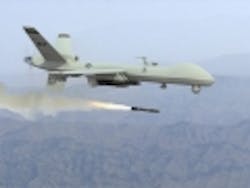Heads Generation II helmet sensor unveiled by BAE Systems at Farnborough
Posted by John McHale

